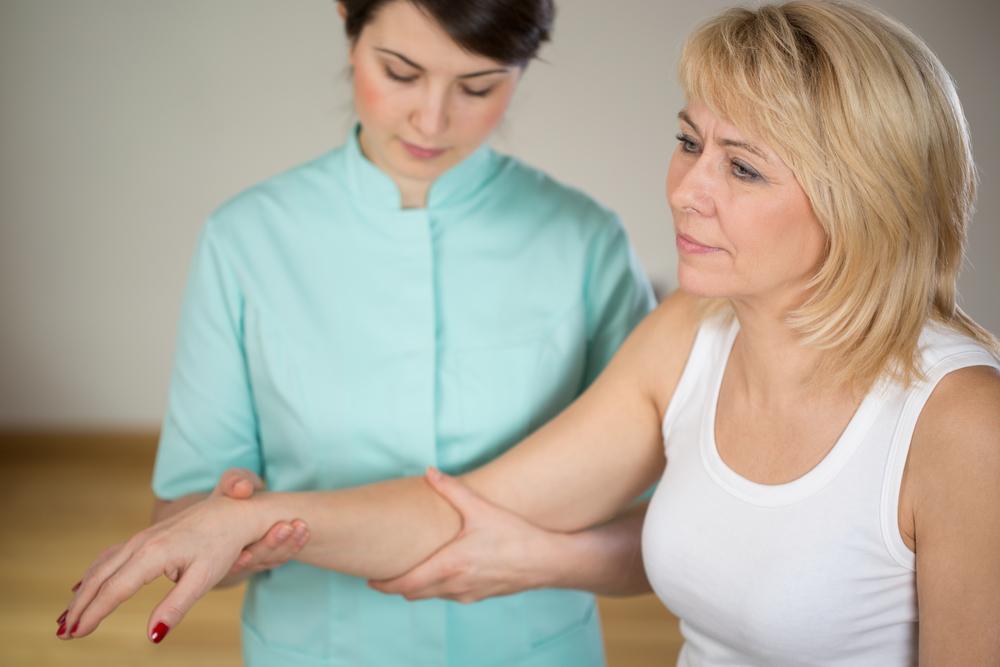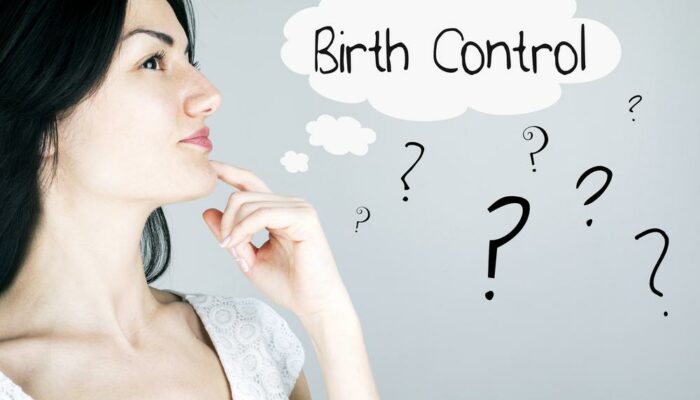
Diagnosis and Treatment Options for Dyskinesia
Dyskinesia is a term given to a set of movement disorders which could either be a part of diseases like Parkinson’s or a side effect of long-term use of antipsychotic medications, which are used for the treatment of schizophrenia and bipolar disorder.
All these are neurodegenerative disorders, and the treatment of the original condition also has an effect on the nervous system. It is therefore important for the patient and the caretaker to know what to look out for and identify them at the earliest. Like in any disease condition, early diagnosis helps in arresting symptom progression and minimal treatment.
Diagnosis of dyskinesia
While there are definitely diagnostic measures to identify dyskinesia, the patient should watch out for symptoms. If there is a family history of dyskinesia or other movement disorders, it is good to have an annual check-up after a certain age, say 60 years. Also, for people on antipsychotic medications, an annual check to watch out for symptoms is a must.
Some tests to check for dyskinesia include:
- Blood tests to check for dopamine levels.
- Imaging tests like CT scan and MRI. The MRI will actually help identify areas of degeneration and thereby confirm the diagnosis. This can also help rule out other movement disorders like cerebral palsy, stroke, and Huntington’s chorea.
- Tests like Abnormal Involuntary Movement Scale, where a patient is made to undergo various tests. Scores beyond a certain number would qualify to be classified as dyskinesia.
The treatment for dyskinesia includes a combination of prevention and management of the condition.
Preventive measures for dyskinesia
Watching out for early symptoms and also stopping medications if required.
- Some patient may even want to try out non-medical methods to manage schizophrenia and bipolar. The key is to ensure that the benefits outweigh the risks of taking these drugs.
- Others might want to try lower doses so that there is no onset of dyskinesia.
- Also ask the doctor for newer drugs, which have a lesser risk of inducing dyskinesia.
- Some also believe taking the antipsychotic medications 30 minutes before a meal helps in better absorption and effectiveness.
- Taking medications for dyskinesia, including amantadine and valbenazine
- While levodopa is the single most effective drug for Parkinson’s, take it only after it becomes absolutely necessary. This can help delay in onset of tardive dyskinesia.
- Many believe that supplements like vitamin B6, ginkgo biloba, melatonin, and vitamin E can help in suppressing movement disorders.
Management of dyskinesia
Other lifestyle changes in addition to dose and medication changes include:
- Regular exercise to improve the blood flow
- Stress management techniques. It has been proven that stress worsens dyskinesia and so it is very critical to keep stress levels of control. Try yoga, meditation, music, or deep breathing to keep stress levels at bay.
- Deep brain stimulation is another technique which is believed to help patients with dyskinesia, though not all qualify for this.
- Making living and workspace adjustments to reduce accidents and falls, given that the affected are mostly seniors.
Interested in more articles about Wellness ? Explore them here. Keep yourself updated with fresh content by liking us on Facebook or subscribing to our Newsletter.
If a daily dose of fantastic images related to Women’s Lifestyle gets you going, follow us on Instagram .




